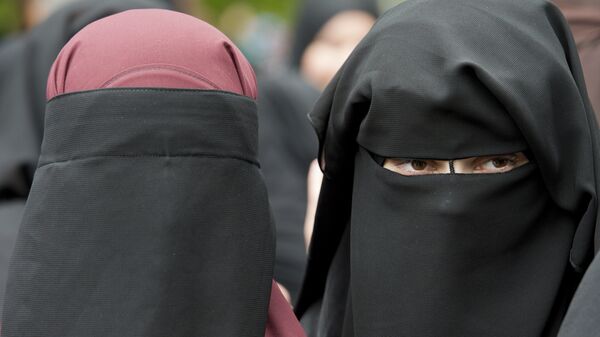The municipality of Arendal in southern Norway has decided to ban its employees from wearing burqas and niqabs; both Islamic garments cover the face completely.
The ban was passed by a narrow majority of 21 to 18 votes.
“It's important to stress that you can't do a good job when you can't look each other in the eyes,” right-wing Progress Party representative Anders Kylland told the newspaper Adresseavisen.
His fellow council member Josef Hæier of the left-of-the-centre Labour Party agreed that it is important to be able to look each other in the eyes, but suggested that the ban was a bit of an overkill, since it was not a widespread problem. Previously, he called the measure “populism” and stressed that Arendal bets on “bridge building” to address the gap between population groups.
On 1 August 2018, Norway forbade face-covering garments at educational institutions. The ban applies to both students and employees.
Arendal is a municipality in Agder county in southeastern Norway. At 44,800 inhabitants, it is the 20th most populous municipality in the country. Poles and Lithuanians make up the largest groups of immigrants, followed by Iraqis, Eritreans and Swedes.
According to the scientific journal Forskning, Norwegians are the most critical toward comprehensive Islamic garments among the Scandinavian countries. Of those surveyed in a 2018 poll by Pew Research, only 25 percent of Norwegians responded that women should be allowed to wear any kind of religious clothing they please. 52 percent of Norwegians are against garments that cover the face, which includes the niqab and the burqa. Furthermore, about 20 percent of Norwegians are against all kinds of religious clothing for women, including the head-covering hijab.
Together with the Portuguese, Swedes, Finns and Danes have the most liberal attitudes toward burqas and niqabs among countries in the EU. On the other end of the spectrum, we find the Dutch, the Swiss and the Italians. Norway is roughly in the middle, joined by the French and the British.
The niqab covers a woman's entire face, except her eyes, whereas the burqa features a fabric lattice that covers the eyes as well.



